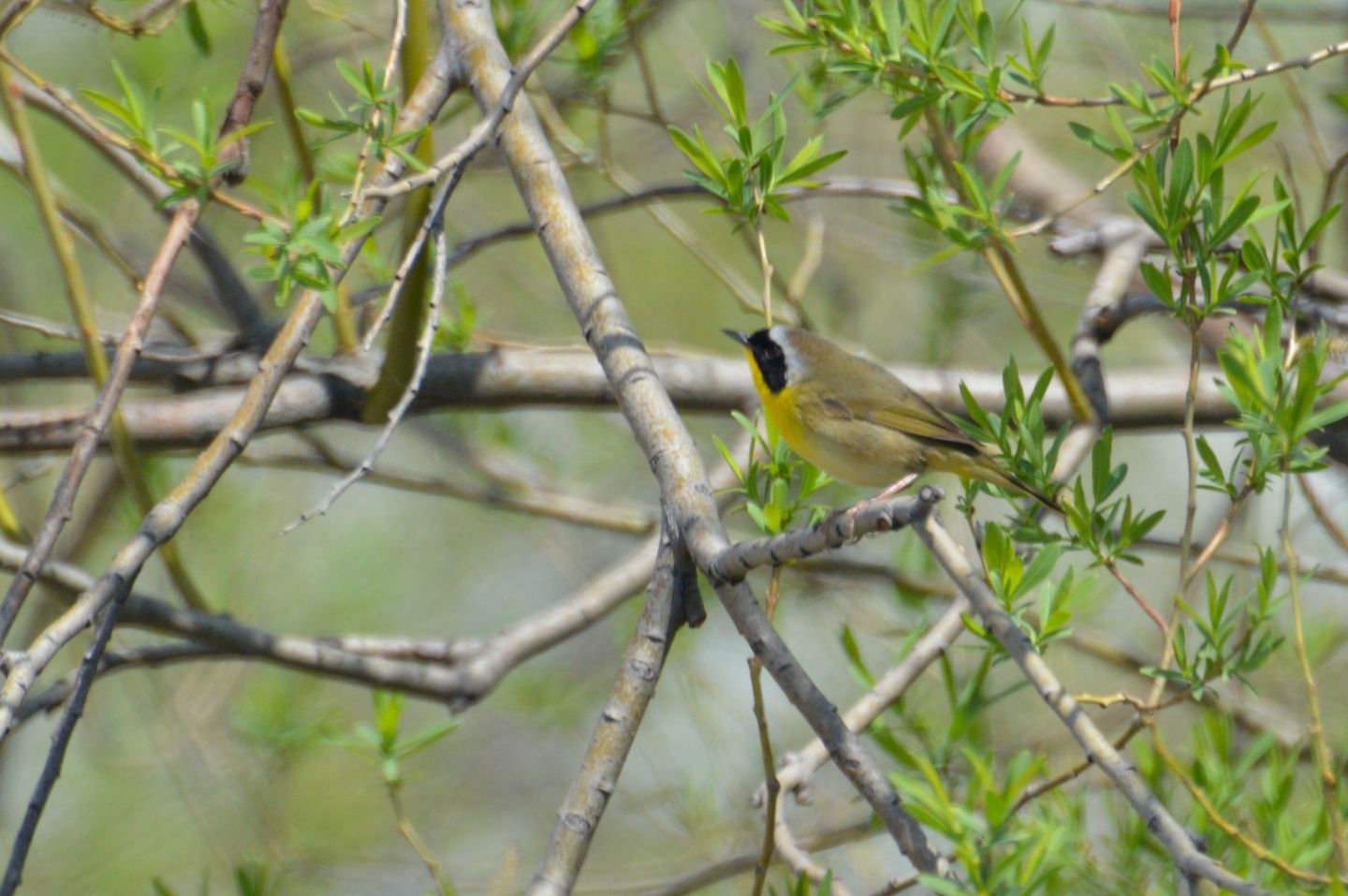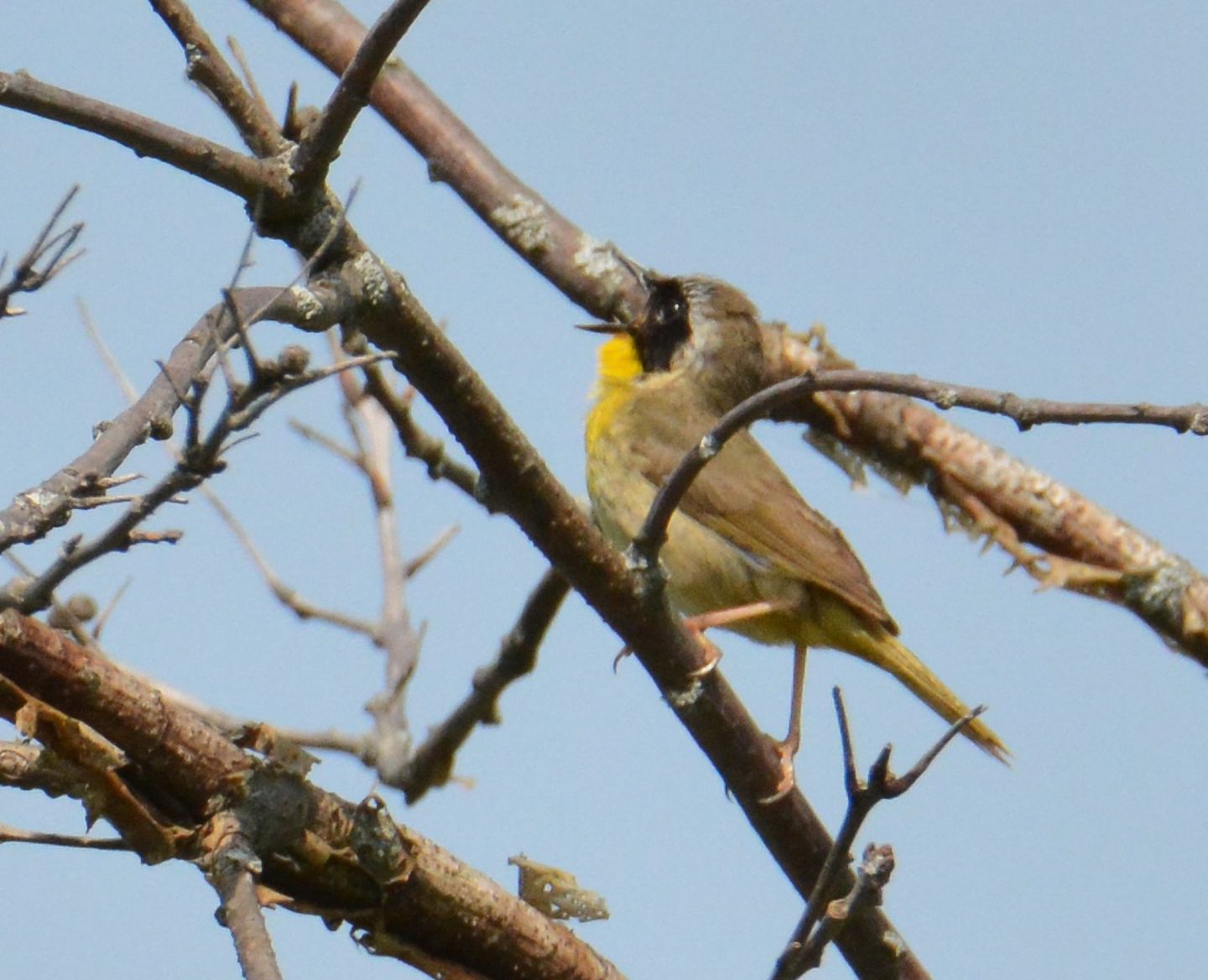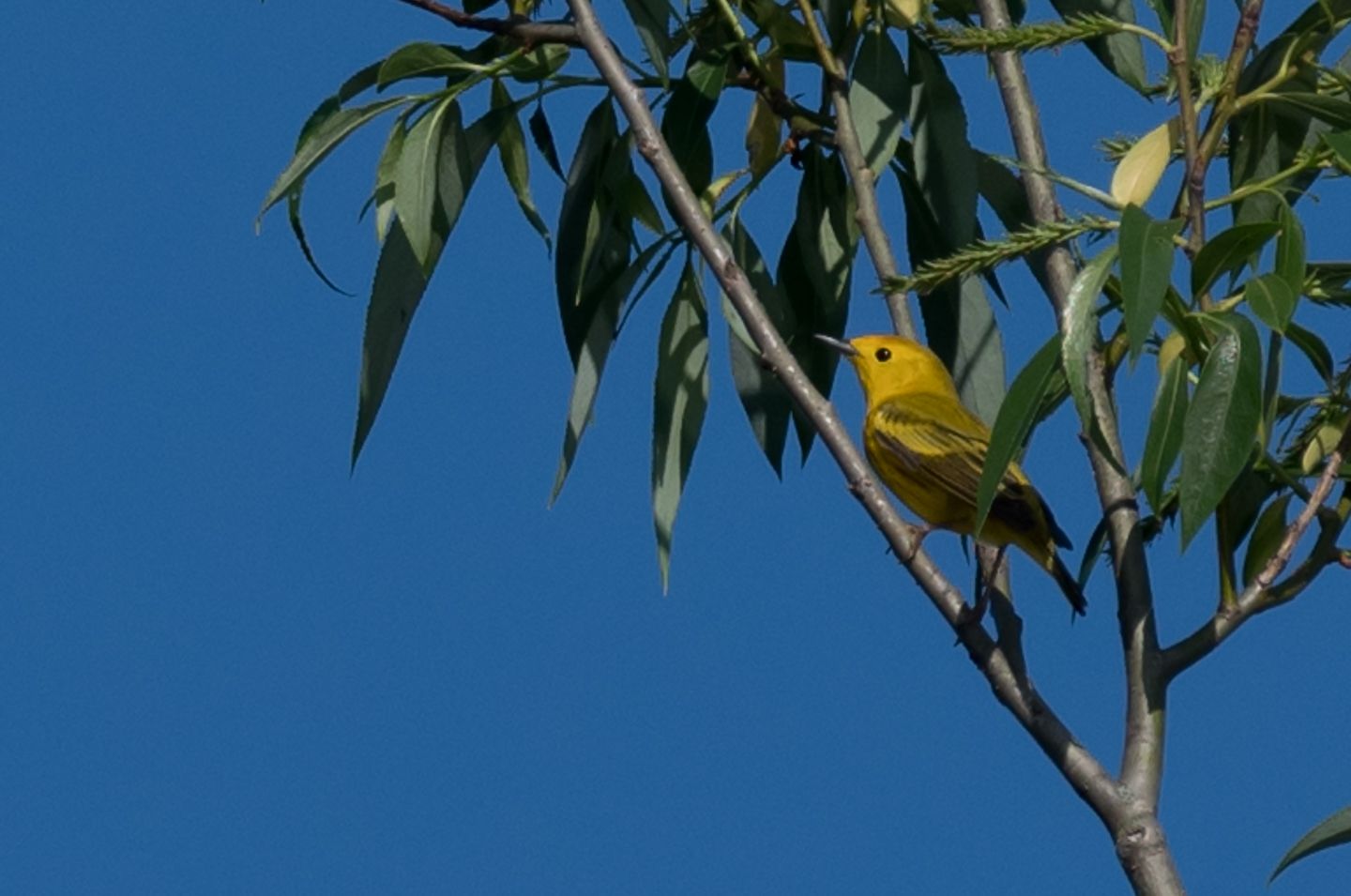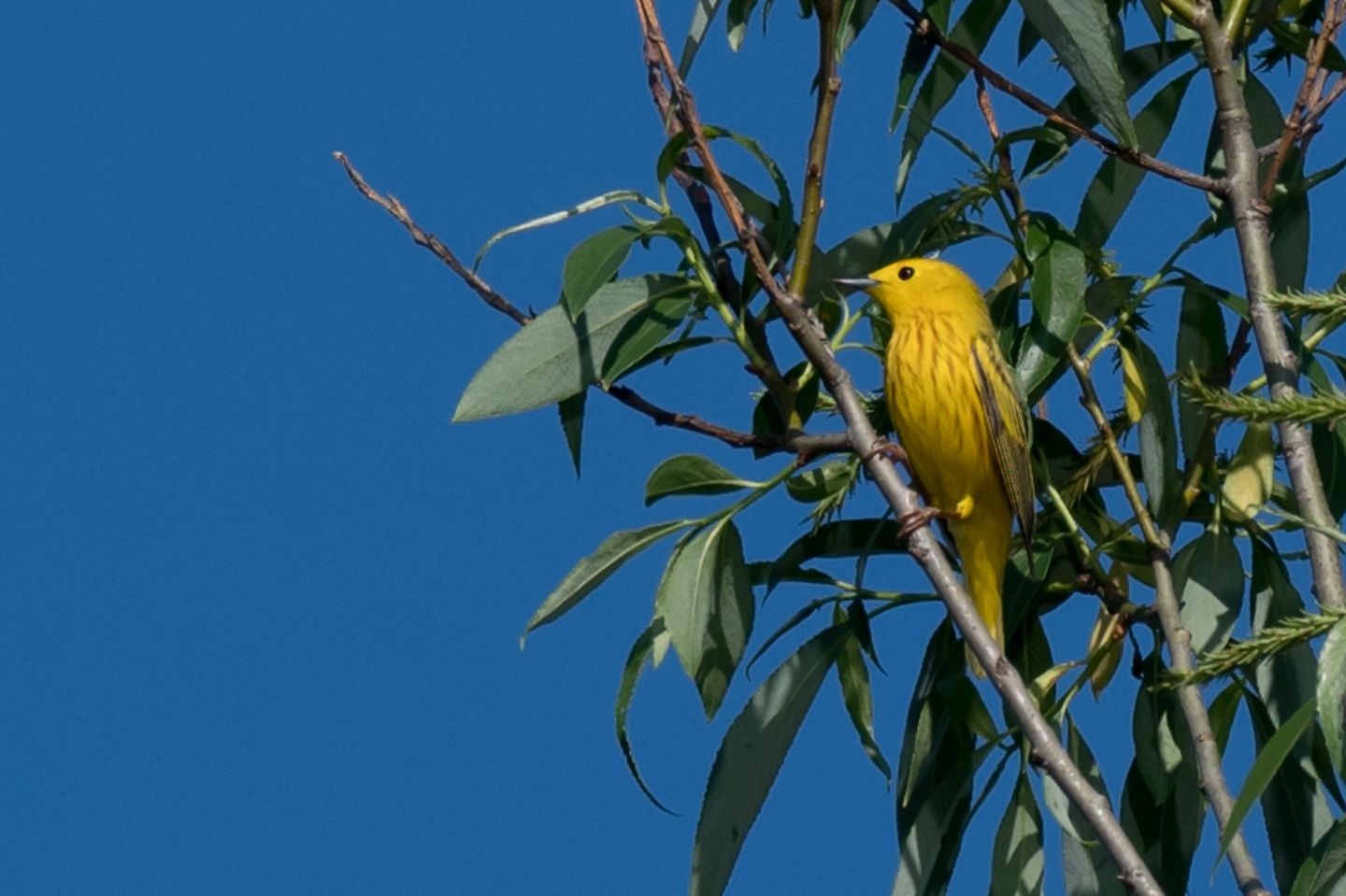This column often focuses on birds suffering population decline in the Thousand Islands region. These problems are usually a result of human impacts on the planet, and we are responsible for doing something about them. I confess that, at times, the state of parts of the natural world can be pretty depressing. We must, however, remember that even now, there are a majority of North American bird species are seemingly doing Ok. This and future columns may often be about those birds - to hopefully encourage people to enjoy these parts of our natural heritage.
We can say that the birds in this category are successful survivors. These species have adapted well enough to human-induced alterations of the landscape. They are still common even though some may have suffered population losses. Also, in this category are birds whose populations have thrived due to our modifications to natural systems since the arrival of Europeans in the Americas. Some species have declined then recovered, declined and then recovered again, all because of our activities. Clearly, these dynamic fluctuations will continue as humans continue to alter the landscapes of Earth.

Thus the status of any living creature in 2021 is but a snapshot in time. That snapshot of the remaining brushy and wet habitat in our region shows two common wood-warblers present. The Yellow Warbler and the Common Yellowthroat are probably the most abundant members of their clan locally. They have likely benefited from our alterations of landscapes. They are certainly the most familiar to observers, since they inhabit areas that bring them into close contact with humans. Both species nest in brushy thickets, so they often occur at the edge of cottage yards. Both have loud ringing songs that attract attention from homeowner and passing hiker alike.
The Yellow Warbler is common from early May into August throughout our region. Wherever patches of brush are found - the wetter, the better - at least one pair of this species is usually present. The bright yellow male, with his breast streaks of red, sings a song that sounds like "sweet sweet sweet I'm so sweet" to proclaim his territory.
Since bird songs are difficult to describe verbally and sound different to each observer's ear, one should visit the many excellent Internet resources to determine what his song sounds like to you. While the male is vigorously proclaiming his territory the duller colored female is preparing to nest.

Yellow Warblers are one of our earliest spring warbler species to arrive from their tropical wintering grounds. The first usually appear during the last week of April, with most being on their breeding territory by mid-May. If nesting is successful, flying young may be following their parents around your yard by late June and early July. As a brush warbler, this species has a long history of contact with the primary threat to successful breeding being, the Brown-headed Cowbird. Before European settlers modified eastern forests, Yellow Warblers and cowbirds coexisted along the interface of forests and the Great Plains.
This was also true for Common Yellowthroat, and both warbler species have adaptations to limit the success of cowbird brood parasitism, which is usually lacking in many wood-warblers inhabiting forests. These adaptations are particularly useful in the fragmented habitats of our region, where cowbirds are common. When a female Brown-headed Cowbird lays its egg in a small warbler's nest, and the warbler incubates it, the larger cowbird will survive at the expense of the warblers' young. These two warbler species seem aware of cowbird parasitism and will often build new nests atop nests containing cowbird eggs. I have seen Yellow Warbler nests five layers deep as they try to thwart cowbird brood parasitism.
Defeating cowbirds and adapting to fragmented habitats on both the breeding and wintering grounds undoubtedly have contributed to the Yellow Warbler remaining a common bird. Also, this species is one of our earliest "fall" southbound tropical migrants, which may help them avoid large-scale migration losses during hurricane season. Hurricanes can cause significant mortality for all birds that migrate to the New World Tropics. By mid-July, Yellow Warblers are already becoming less evident as territories are abandoned by birds beginning migration. Very few members of this species remain locally after mid-August, and one skulking near a Labor Day cookout is an uncommon sight indeed.

While often a bit less obvious than the Yellow Warbler, the Common Yellowthroat is abundant and widely distributed in our region. While both species occupy similar habitats, the Yellowthroat can be found in cattails and larger wetlands more often than the Yellow. Their North American breeding ranges are among the most extensive of any wood-warblers covering most of the continent south of the Arctic Tundra. The primary difference between the two is that the Yellow is a true tropical wintering bird, while the large numbers of Yellowthroats remain in the southeastern United States, including Florida.
The bandit-masked male Common Yellowthroat's territorial song is best described as "witchity witchity witchity". It is one of the most distinctive bird songs and is easily learned by the casual observer. When males begin arriving in early May, there is hardly a patch of suitable habitat that does not ring with the species' distinctive song. Usually, the duller colored female, with her bright yellow throat, arrives a few days later and territories are well established by the end of May. The black-masked male is easy to identify and can often be observed proclaiming his domain from a prominent perch atop a bush or tall forb.

Our region is Valhalla for Common Yellowthroat with high densities recorded. Studies of nocturnal flight calls of birds passing over Derby Hill in migration indicate very high numbers are present throughout the region. This monitoring by Old Bird Inc. confirms observations on the ground that these parts of New York and Ontario are a great place to hang out and produce the next generation if you happen to be a Common Yellowthroat. Will it always be thus for them and Yellow Warbler? Who knows, but my impression is that both species are as common and well distributed in 2021 as they were in 1971.

There are many species of our native birds that are not so fortunate, so we should celebrate this good news. Enjoy these neat little sprites at a time of year when their life force is burning most brightly. For the next few weeks, all present will be engaged in the most critical part of any living organism's life, creating the next generation. We will wish them success so that when the Yellows head south by August and the Yellowthroats by mid-October, they have many fellow travelers. If so, we can be confident these still common avian gems will brighten our lives upon their return in 2022.
By Sherri Leigh Smith, goshawk@gisco.net
Photographs by Julie Covey, Nature in NY (https:www.facebook.com/NatureinNNY/)
Sherri Leigh Smith is the Senior Ornithologist in northern NY. He is passionate about birds and their conservation. Sherri Leign has written numerous articles for TI Life, and you can see several of them here.
Editor’s Note: This editor is both pleased and appreciative of Sherri Leigh Smith for taking the time to help us understand more about birds and nature in the islands. She and nature photographer Julie Covey, provided a wonderful contributions for fall 2020, winter 2021 and now for spring 2021. I keep saying that already I am getting better at looking at the sky and those flying by and understanding the who, what, how and why!
Posted in: Volume 16, Issue 6, June 2021, Nature
Please click here if you are unable to post your comment.
